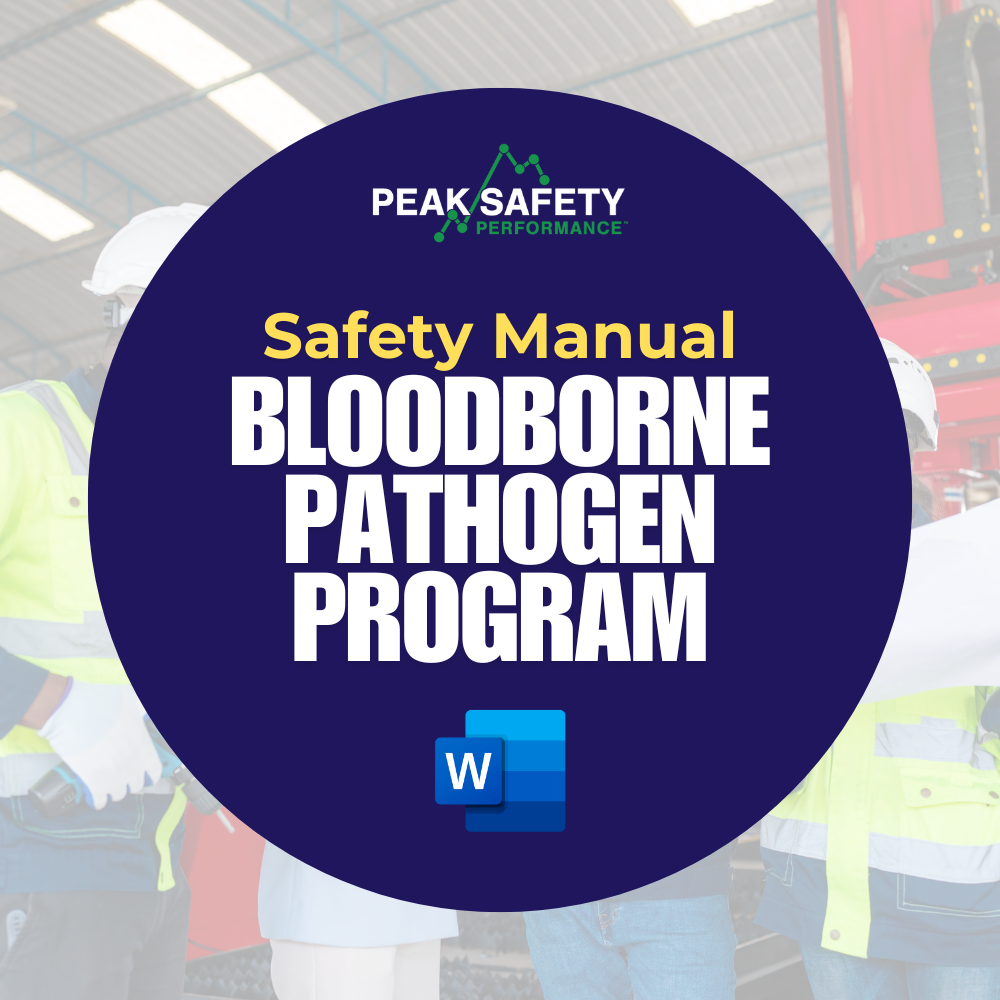Bloodborne Pathogen Program (Manufacturing)
Bloodborne Pathogen Program (Manufacturing)
The Bloodborne Pathogens (BBP) Program is designed to protect employees from exposure to infectious materials such as blood and other potentially infectious body fluids. OSHA’s Bloodborne Pathogens Standard (29 CFR 1910.1030) applies to all workers who may reasonably anticipate contact with blood or infectious materials as part of their job duties.
A comprehensive BBP program includes:
-
Exposure Control Plan: A written plan identifying job classifications and tasks where occupational exposure may occur, updated annually.
-
Universal Precautions: Treating all blood and bodily fluids as if they are infectious, regardless of the perceived status of the source.
-
Engineering & Work Practice Controls: Using sharps containers, safer medical devices, proper handwashing techniques, and no-recapping policies to minimize exposure.
-
Personal Protective Equipment (PPE): Providing gloves, face shields, gowns, and other appropriate PPE, along with training on correct use and disposal.
-
Hepatitis B Vaccination: Offering the Hepatitis B vaccine series to all employees at risk of occupational exposure, at no cost to them.
-
Training & Education: Conducting initial and annual training on BBP hazards, prevention methods, and emergency procedures.
-
Post-Exposure Evaluation & Follow-Up: Ensuring that employees receive immediate medical evaluation, treatment, and counseling after any exposure incident.
-
Recordkeeping: Maintaining vaccination records, training records, and exposure incident documentation in compliance with OSHA standards.
By following a Bloodborne Pathogens Program, employers reduce the risk of infection, demonstrate compliance with OSHA regulations, and create a safer workplace for employees who may face exposure risks.
Share
Couldn't load pickup availability


